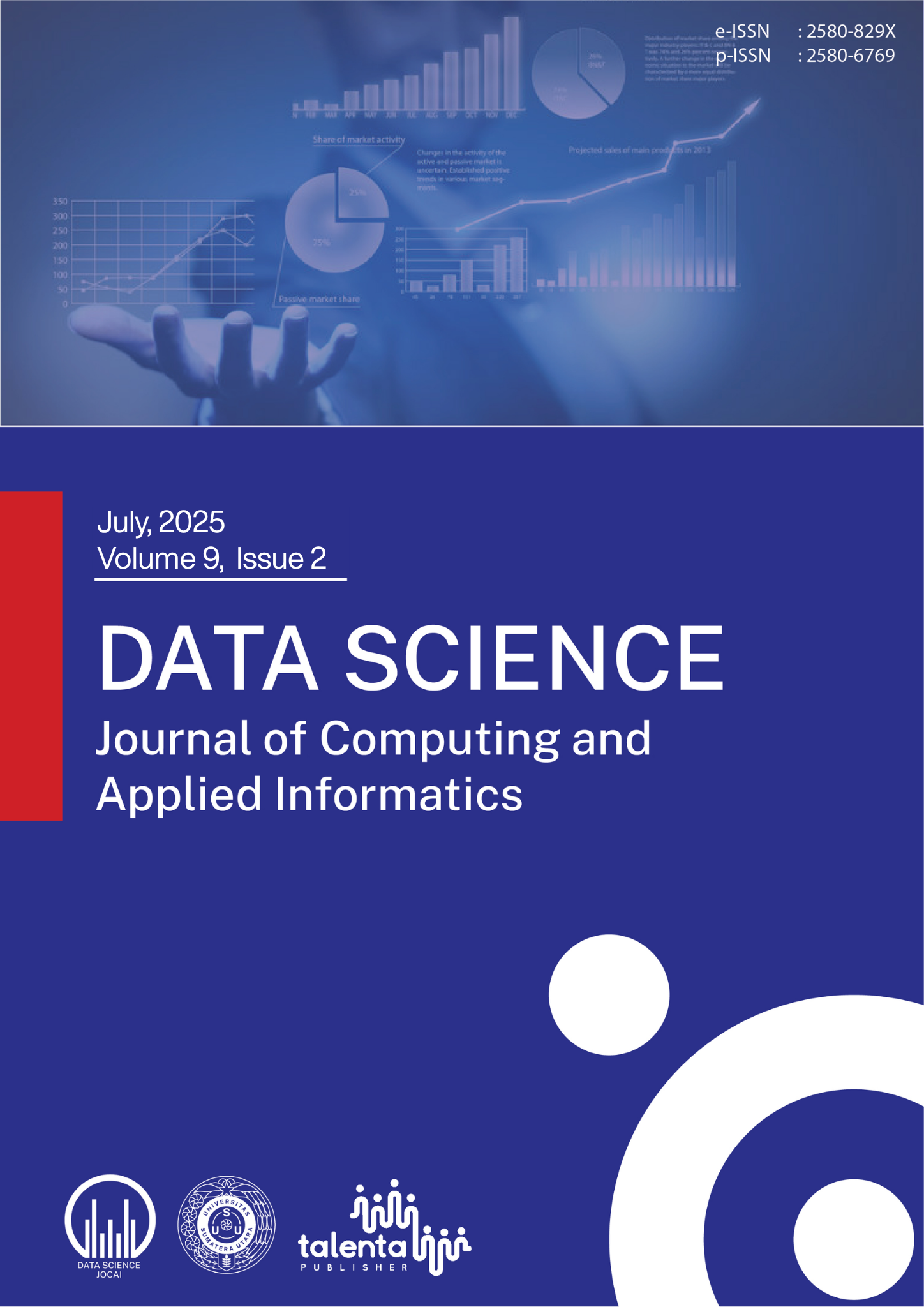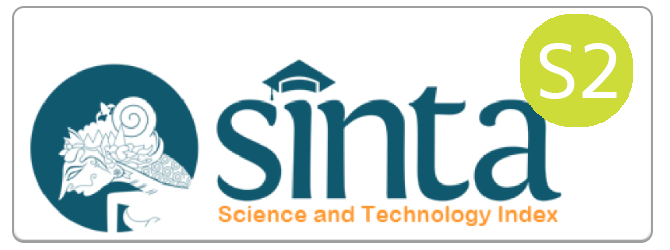Identification Of Malaria Parasites Plasmodium Vivax on Red Blood Cells Using the Probabilistic Neural Network Method
DOI:
https://doi.org/10.32734/jocai.v9.i2-22535Keywords:
Connected Component Analyst, Contrast Limited Adaptive Histogram, Equalization, Malaria, Plasmodium Vivax, Probabilistic Neural NetworkAbstract
Malaria is a disease that is infects human red blood cells transmitted through the bite of a female Anopheles mosquito that contains the parasite genus Plasmodium. Plasmodium vivax is one of the types of parasites that causes malaria, which is known as the type of malaria with the widest distribution area, from tropical, subtropical to cold climates. The diagnosis of malaria, basically depend on microscopic analysis of Giemsa-smeared thin and thick films of blood. However, this diagnostic method is time consuming and prone to human error. To overcome this problem, a method is needed to automatically identify malaria parasites on red blood cells. This study proposes to identifying the malaria parasite Plasmodium vivax using the Probabilistic Neural Network method. The steps taken before identification are preprocessing using Green Channel, Contrast Limited Adaptive Histogram Equalization (CLAHE), Morphological Close and Background Exclusion, then segmentation with Otsu Thresholding, next step is post- processing with Connected Component Analyst (CCA) and feature extraction with Invariant Moment. The results of this research showed that the method used was able to identify the malaria parasite plasmodium vivax on microscopic images of reb blood cells with an accuracy rate of 97.14%, and sensitivity of 95%.
Downloads
References
Hiswani. (2004). Gambaran Penyakit Dan Vektor Malaria Di Indonesia. Fakultas Kesehatan Masyarakat Universitas Sumatra Utara.
Fitriany, J., Sabiq, A. (2018). Malaria. Jurnal Averrous Vol 4(2).
Kemenkes RI. (2020). Pusat Data Dan Informasi Penyakit Malaria 2020 (pp. 1–7).
Seman, N. A., Ashidi, N., Isa, M., Li, L. C., & Mohamed, Z. (2008). Classification Of Malaria Parasite Species Based On Thin Blood Smears Using Multilayer Perceptron Network. International Journal of the Computer, the Internet and Management, 16(1), pp 46–52.
Ghosh, M., Das, Devkumar., Chakraborty, C., Ray, A.K. (2011). Plasmodium vivax segmentation using modified divergence. International Confrence on Image Information Processing (ICIIP 2011).
Shahana,S, Das, D.C.N. 2016. Probabilistic Neural Network Assisted Cell Tracking and Classification, International Research Journal of Engineering and Technology (IRJET) 3(8):1155-1161.
Yunda, L., Alarcón, A. & Millán, J. (2011). Automated Image Analysis Method for p-vivax Malaria Parasite Detection in Thick Film Blood Images. Revista S&T, 10(20), 9-25
Kristofer, E. P. D., Rivera, P. T., & Naval, P. C. (2017). Malaria Parasite Detection and Species Identification on Thin Blood Smears Using a Convolutional Neural Network. 2017 IEEE/ACM International Conference on Connected Health: Applications, Systems and Engineering Technologies (CHASE). doi:10.1109/chase.2017.51
Gummadadila, A., Deepthi, A., Sowmya, B., Bai, A. K., & Reddy, P. A. (2020). Classification of White Blood Cell Images Using Probabilistic Neural Networks. 3(10), 167–172.
Saputra, Dian. (2018). Probabilistic Neural Network dan Invarinat Moment Untuk Klasifikasi Bentuk Wajah Pada Pria. Skripsi. Universitas Sumatera Utara
Lotfi, A., Benyettou, A. 2014. A reduced probabilistic neural network for the classi_cation of large databases. Turkish Journal of Electrical Engineering & Computer Sciences 22 : 979-989.
Kaur, R., Kaur, S. 2013. Object Extraction and Boundary Tracing Algorithms for Digital Image Processing: Comparative Analysis: A Review. International Journal of Advanced Research in Computer Science and Sofware Engineering 3(5):263-268.
Chairani, R. 2016. Identifikasi Kesuburan Pria Melalui Kelainan Sperma Berdasarkan Morfologi (Teratospermia) Menggunakan Invariant Moment. Skripsi. Universitas Sumatera Utara.
Downloads
Published
How to Cite
Issue
Section
License
Copyright (c) 2025 Data Science: Journal of Computing and Applied Informatics

This work is licensed under a Creative Commons Attribution-ShareAlike 4.0 International License.















